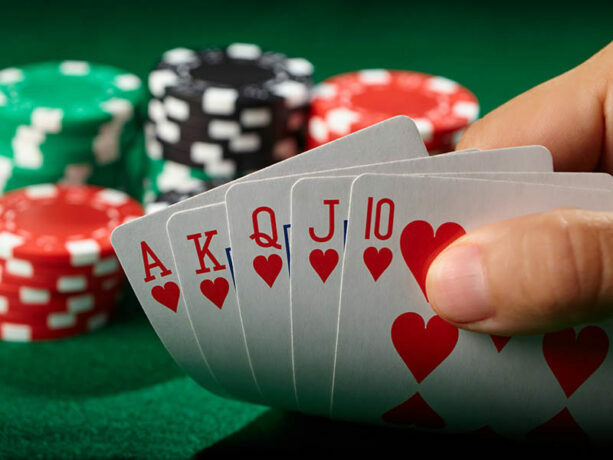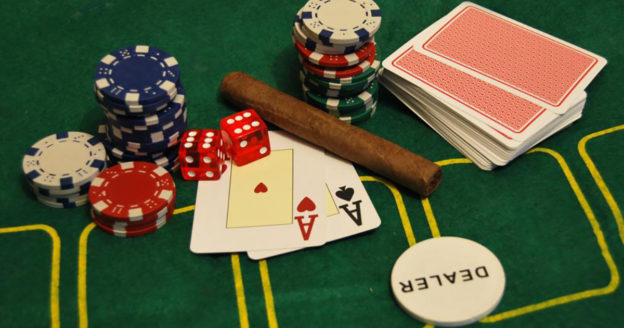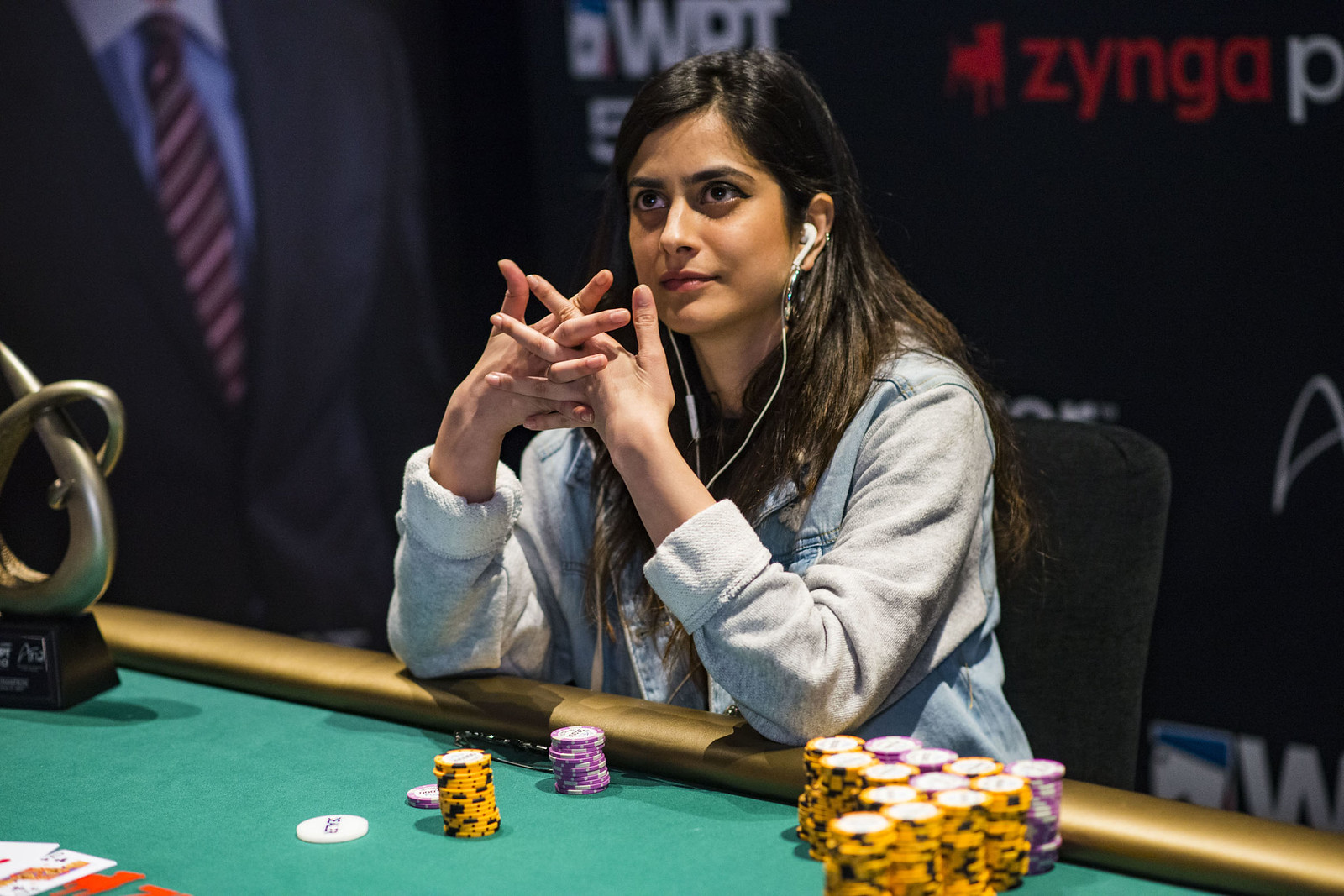GTO poker has quickly become one of the hottest topics in poker over the past several years, yet many remain unaware of what it entails and how to incorporate it into their gameplay.
Optimized play can appear counterintuitive in games involving randomly dealt cards and complex human psychology, such as bluffing. It’s difficult to fit these dynamics neatly into objective mathematics.
Pre-flop betting phase
Game theory (GT) is an applied branch of mathematics which studies how rational entities act to maximize finite resources. This field examines their cooperation or competition for this goal and strives to reach an equilibrium whereby network resources meet individual needs in an equitable distribution manner – one key application being poker.
An effective preflop strategy involves carefully considering table position, honestly assessing your own hole cards, and monitoring how previous players bet on the flop, turn, and river. Furthermore, one must take precaution against calling with weak hands – known as “limping in”, this type of play can compromise hand strength.
GT-based preflop strategy seeks to force opponents into making mistakes, leading to profits for you. You’ll have opportunities for both bluffs or semi-bluffs alongside value bets as well as to set appropriate bet sizes with this form of betting strategy. Poker solvers provide helpful tools for learning this GTO-inspired play style so that, over time, it becomes second nature and you instinctively make the correct moves when making moves on the table.
Post-flop betting phase
Post-flop betting in poker is where pots grow larger and information becomes readily available to all players, making this stage one of the key aspects of the game where good players have an edge over novices; also it provides the ideal environment for effective bluffing tactics to shine through.
One common strategy in poker is exploiting weaknesses in opponents’ playstyles, but this approach can backfire over time. Instead, GTO is designed to strike a balance and protect you from being exploited while taking advantage of opponents’ mistakes.
Because poker is such a complex game, creating a purely theoretical strategy for its full game can be dauntingly complex. There are various techniques for simplifying this task and approximate GTO play more readily; one such method is bucketing. Bucketing involves grouping hands based on strategic similarity.
Limits
Game Theory Optimal Poker (GTO) is the name given to an approach used in no-limit hold’em that seeks to become unexploitable by your opponents and improve win rates, through techniques like bluffing, semi-bluffing and precise bet sizing. But be wary – GTO play doesn’t guarantee a profit!
Poker differs from chess in its use of imperfect information and complexity, requiring more work for computers to solve at even an elementary level. As such, it took longer for computers to solve it.
One way to make poker less complex is to reduce the number of cards in play, which can help simplify game trees and allow programmers to develop effective strategies. Other ways of simplifying include limiting betting rounds and raising limits per round – these measures also help reduce variables in the game, making pot odds calculations and player reads simpler.
Bluffing
Bluffing can be an invaluable strategy that helps shape the game’s flow and increase your winning opportunities, but if used carelessly can become dangerous. By understanding your bluff-to-value ratio, you can make more informed choices about when to call and fold and maximize profits while avoiding being caught by your opponents.
Mathematician John Nash, recipient of the 1994 Nobel prize and subject to a biopic in 2001 called A Beautiful Mind, pioneered game theory – an area of applied mathematics which examines how rational entities compete for scarce resources.
When bluffing, it is crucial to be mindful of both your opponents’ tendencies and table image. If they have witnessed any previous bluffs by you, they could become suspicious and call any future ones outright. Furthermore, it is key that you remain calm by keeping bet sizes low to avoid raising suspicion – keeping an even tight table image can assist here.




